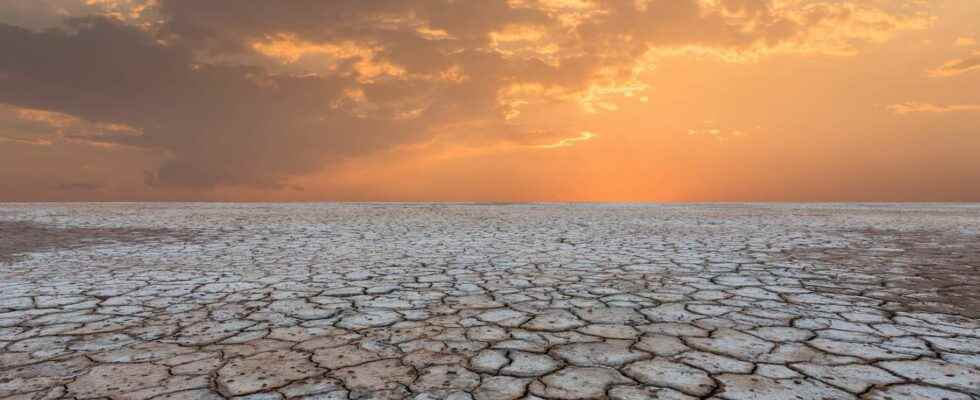In the summer of 2012, a worst-time flash drought in the central United States caused the corn crop to wilt. Result: more than 35 billion dollars lost. And researchers are now warning us: flash droughts are getting more and more… flash!
You will also be interested
[EN VIDÉO] Saving California from drought with solar energy Every year during the summer, California is plagued by drought. These water shortages handicap crops but give rise to innovative projects like WaterFX, intended to pump the precious liquid from the depths using solar energy. National Geographic Channel tells us more about this company in an excerpt from the Inventing the Future series. The next episode will air tonight, Friday, February 26, 2016, at 9:30 p.m.
The flash floods, it is unfortunately something that we all know today. But do you know that the opposite phenomenon also exists. The one scientists call a flash drought. Which in just a few days can dry out the soil, destroy crops and cause huge economic losses. Even if they don’t last more than a few weeks. And some researchers at the University of Texas at Austin (United States) tells us today that while these extreme droughts have not multiplied over the past two decades, more of them are now taking effect more quickly.
It appears from their analysis that the flash droughts with the fastest effect — which dry out soils in just five days — increased by about 3 to 19 percent. And in the most sensitive regions — South and Southeast Asia and central North America — the increase has even reached 22 to 59 percent.
“Flash droughts” come on fast — drying out soil and decimating crops in a matter of days to weeks. According to recent research by JSG Professor Zong-Liang Yang, they’ve gotten even speedier over the years. https://t.co/TIbs8BVrRfpic.twitter.com/Wc3lRDU1Yk
— UT Jackson School of Geosciences (@txgeosciences) April 1, 2022
Limit the effects of flash droughts
According to the researchers, once again, the global warming could be in question. “Every year we see episodes of record warming and these are good precursors to these flash droughts”specifies Zong-Liang Yang, researcher, in a statement from the university of texas.
The study of flash droughts remains recent. But researchers now have tools and models that allow them to see things more clearly. For example, they managed to identify sensitive regions. Those in which there are seasonal variations in humidity, such as in Southeast Asia, in the amazon basin and on the East Coast and Gulf Coast of the United States. Regions in which the probability of simultaneous soil drought and atmospheric aridity is high. Regions on which researchers will have to focus in particular to find solutions to minimize the harmful effects of such episodes.
Interested in what you just read?
